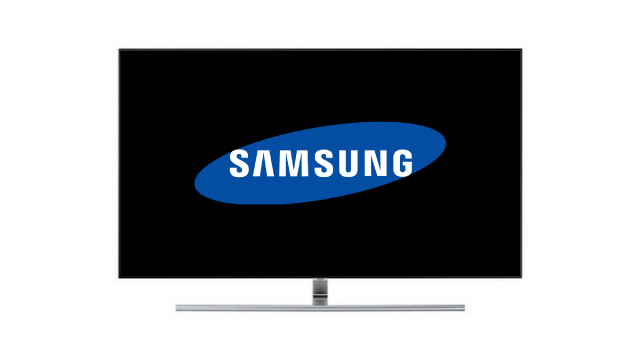At CES 2018, Samsung revealed that some (or all) of their 2018 QLED TV models will support variable refresh rate (VRR) technology. As none of its rival companies have announced support for VRR, Samsung might become to brand of choice for gamers soon.
Screens with variable refresh rate tech installed can bypass software-based screen tearing solutions like Vsync. When you see screen tearing on a conventional device, it’s because your PC or console can’t render enough frames to keep up with your display’s refresh rate. The display keeps on displaying whatever refresh rate it’s set to, regardless of how many frames it’s getting.
So, if a regular monitor is set to 60Hz, and it only gets 40 frames sent every second from your PC, then your screen is going to tear. Vsync helps with this when active because it basically holds the last full image and waits until the next time it can display a fullscreen image to stop the screen from tearing. (This is an oversimplification.) However, Vsync, being software-based, can take a lot of computational power and can make controls in games feel mushier.
Variable refresh rate displays eliminate the need for a software-based screen tearing solution in favor of a hardware-based solution. In a VRR screen, instead of being locked to one refresh rate the display can adapt to the number of frames it’s being sent. So, even if the target is 60 frames per second, and your PC momentarily dips to 40 frames per second, a VRR screen will adjust its refresh rate from 60Hz to 40Hz temporarily. This prevents screen tearing because the display isn’t trying to display 60 frames when it’s only getting 40. It eliminates the annoying drawbacks of Vsync as well.
While it seemed like we’d have to wait for TVs with the new HDMI 2.1 specification to start appearing on the market before we saw VRR tech appear, Samsung is packing a lot of HDMI 2.1 features into their flagship QLEDs this year even though they’re still using HDMI 2.0b. In addition to VRR, at least some QLED models will have HDR10+ support and enhanced ARC capability.
Unfortunately, we’re not sure yet which Samsung models will come with VRR, as the company was just showcasing the technology as opposed to future products at CES 2018. Additionally, it seems like this year’s TVs will only have an effective refresh rate of 60Hz. This is likely because HDMI 2.0b has a ceiling of 60fps for 4K. We’ll likely start seeing 120Hz models in the next few years as HDMI 2.1 becomes more common.
VRR might not be a big deal yet for console gamers. The only console that supports it (with select titles) is the Xbox One X. However, PC gamers with the right hardware have access to many games that can take advantage of VRR, and in the next few years, this technology is sure to proliferate and become a central feature in gaming.







